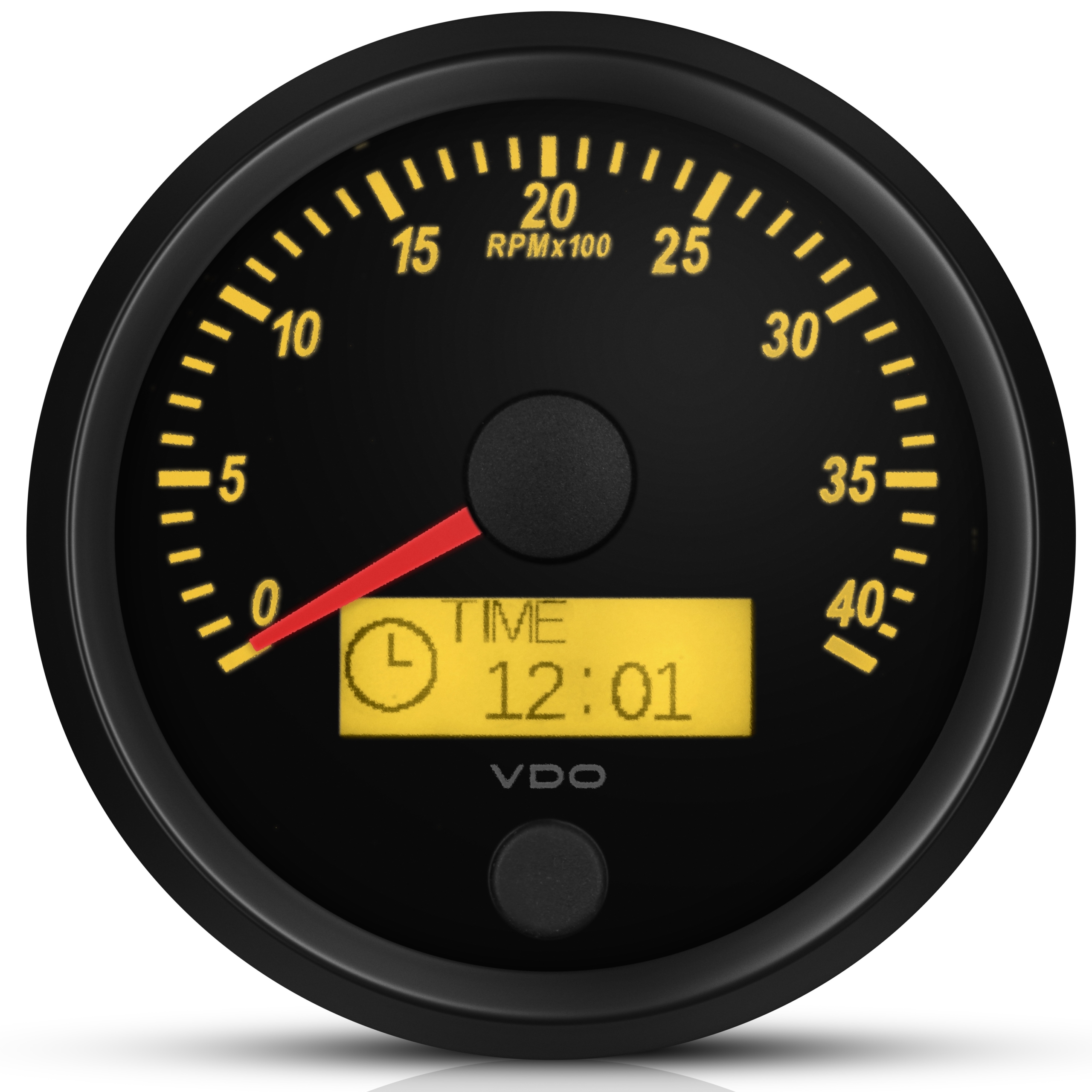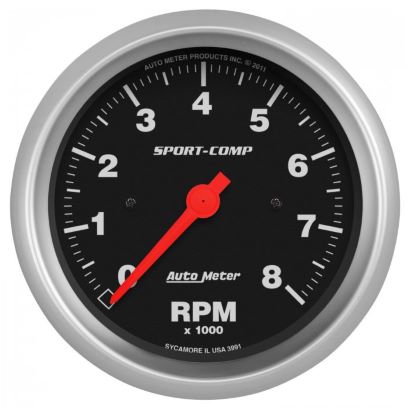The Advantages of Setting Up a Tachometer in Your Automobile
The Value of a Tachometer in Keeping An Eye On Engine Rate and Performance in Automotive Applications
In the realm of automotive design, the tachometer stands as a critical tool in the vehicle driver's arsenal, offering a straight window into the internal operations of a vehicle's engine. Past its function as a simple gauge of transformations per minute (RPM), the tachometer offers as an important tool for enthusiasts and professionals alike, providing real-time insights right into engine performance and health. Recognizing the importance of this device exceeds surface-level observations, delving right into the complex connection between engine speed, power output, and total driving experience. As we explore the multifaceted role of the tachometer in auto applications, a deeper appreciation for its impact on car dynamics and efficiency begins to emerge.
Relevance of Checking Engine RPM
Keeping an eye on engine RPM, or changes per minute, is an essential aspect of automotive maintenance and performance examination. Engine RPM directly correlates with the rate at which the engine's crankshaft turns, indicating just how rapidly the engine is running.
In addition, keeping an eye on engine RPM is important for performance assessment in auto racing and high-performance cars. In summary, monitoring engine RPM is not only crucial for detecting problems however additionally for optimizing engine performance in different vehicle applications.

Benefits of Real-Time Information
In auto applications, real-time information plays a crucial role in offering immediate insights into the performance and condition of the car. By constantly keeping track of different specifications such as engine speed, temperature level, gas intake, and extra, real-time information supplies countless advantages that add to boosted performance and safety and security when driving.
One substantial benefit of real-time information is its capacity to sharp motorists and technicians to any anomalies or issues quickly. This positive method enables quick identification of possible troubles, enabling prompt interventions to avoid further damage or break downs. Additionally, real-time data helps with performance optimization by offering instant responses on driving habits and engine effectiveness. Motorists can change their habits in real-time based on this information to achieve better gas economic situation and lengthen the life-span of their lorry.

In addition, real-time data plays an essential duty in contemporary auto diagnostics, allowing technicians to swiftly diagnose and attend to malfunctions. This causes lowered downtime, lower upkeep costs, and eventually, boosted overall automobile reliability and longevity (tachometer). By harnessing the power of real-time data, auto stakeholders can make educated choices that positively affect both the efficiency and longevity of the vehicle
Impact on Equipment Shifts
Reliable gear shifts in auto applications considerably affect general efficiency and driving experience. The tachometer plays a crucial role in enhancing gear shifts by giving real-time engine rate information to the driver. When approaching the redline on my site the tachometer, it signals the driver to upshift to avoid over-revving the engine and triggering prospective damage. On the other hand, downshifting at the best moment can help maintain the engine in its power band, guaranteeing responsive acceleration when needed.
Additionally, the tachometer aids in achieving smoother gear changes, specifically in hands-on transmissions. By keeping an eye on engine speed, chauffeurs can execute equipment changes at the optimum RPM variety, minimizing jerking motions and decreasing endure the transmission elements. This accuracy in equipment adjustments not only enhances driving convenience yet likewise contributes to fuel performance.
Enhancing Gas Effectiveness
Given the critical duty the tachometer plays in enhancing gear changes for performance and engine health, it straight adds to making best use of fuel efficiency in auto applications. By supplying real-time feedback on engine rate, the tachometer aids motorists in maintaining the most efficient RPM array for fuel economic climate. When drivers consistently keep an eye on the tachometer and adjust their motoring practices accordingly, they can prevent unneeded fuel intake caused by over-revving or hauling the engine.
Moreover, the tachometer helps drivers identify the most fuel-efficient gear to be in at any given moment, avoiding the engine from working more difficult advice than required. In final thought, the tachometer serves as an important tool in enhancing fuel efficiency by promoting optimal driving habits and identifying areas for renovation in the lorry's efficiency.

Making The Most Of Engine Longevity
The tachometer's function in keeping track of engine speed and efficiency contributes in making sure the durability of automobile engines. By utilizing the tachometer effectively, drivers can maximize engine durability with mindful RPM management. Continually revving an engine expensive can cause excessive damage on important elements, such as the pistons, valves, and bearings. With time, this can result in decreased engine efficiency and potential breakdowns. Checking the tachometer permits motorists to stay within the recommended RPM variety for their car, avoiding unnecessary pressure on the engine and prolonging its life expectancy.

Verdict
Finally, the tachometer plays a crucial function in monitoring engine rate and performance in vehicle applications. By providing real-time information on RPM, it permits for effective equipment shifts, improved gas effectiveness, and taken full advantage of engine long life. This tool is crucial for maintaining ideal engine efficiency and guaranteeing the general capability of a car.